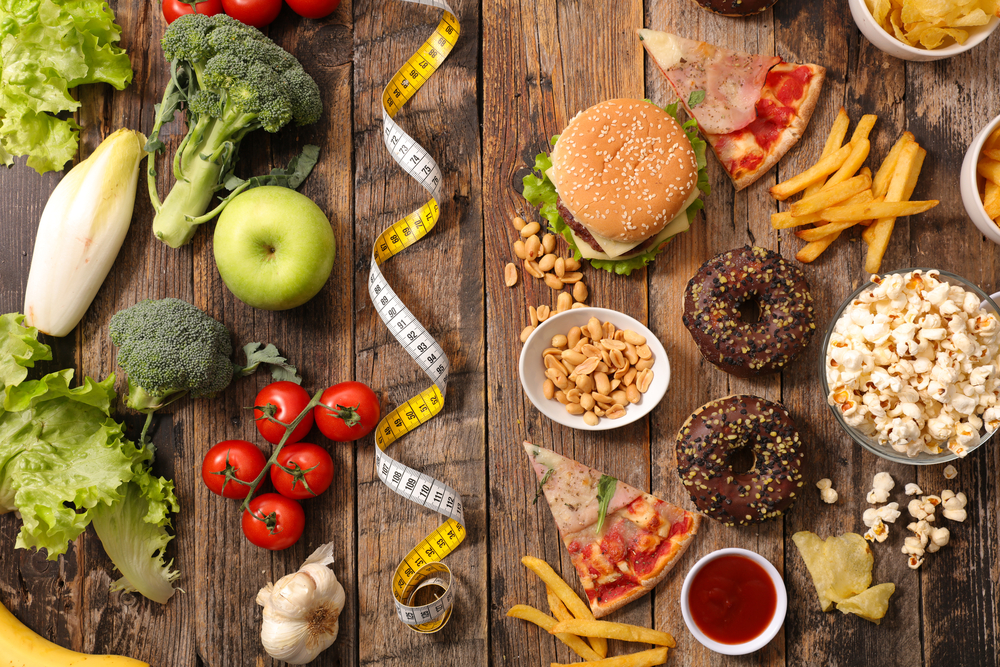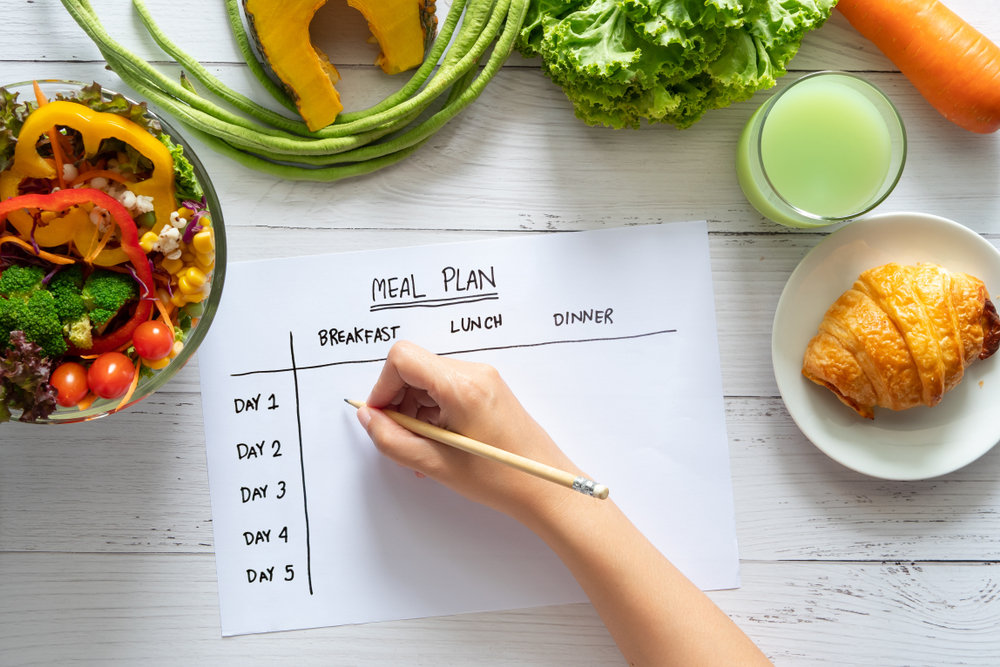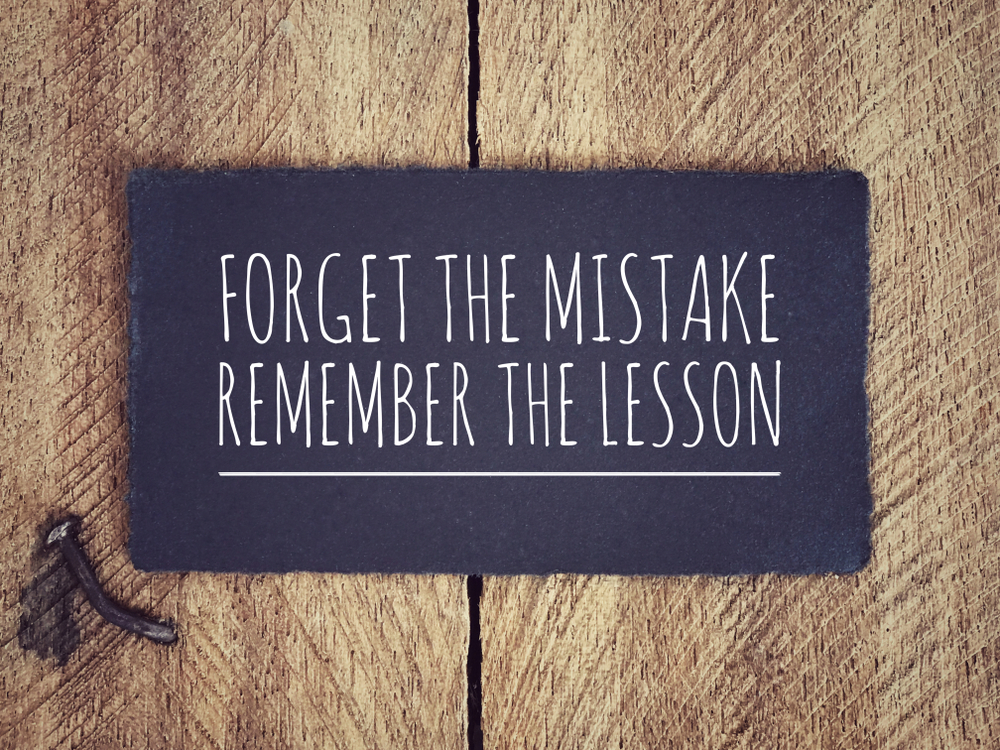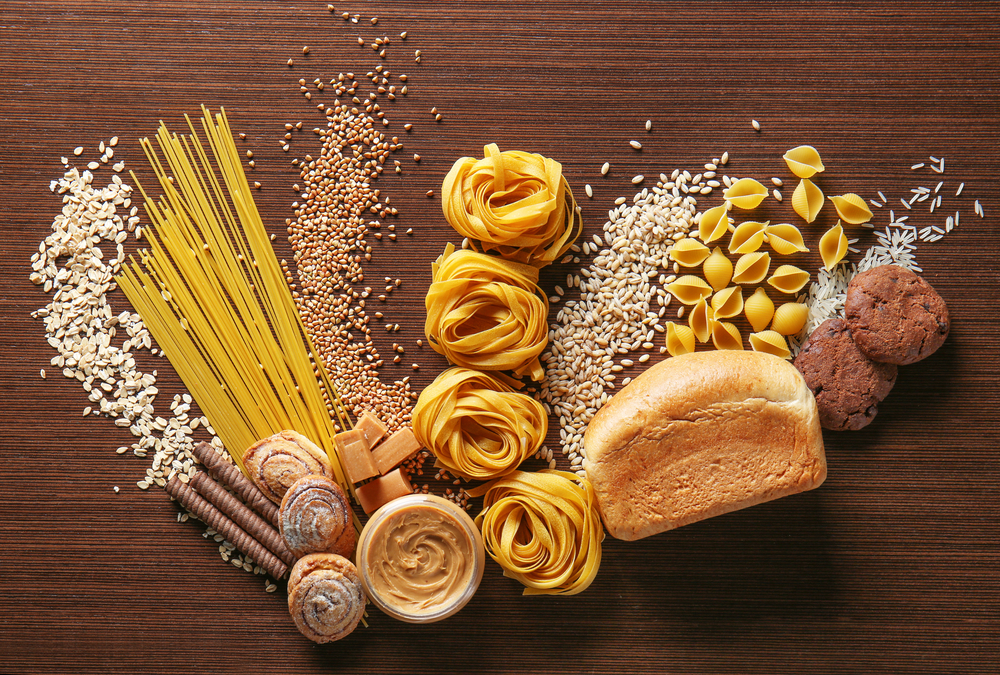Drawing your muscles means making the muscles covered by the subcutaneous fat mass visible. This is achieved by developing the latter but also and above all by a drying phase which aims to reduce the body fat rate to make the muscles visible.
"How to dry? "is a question that regularly comes up among bodybuilding enthusiasts.
As the summer approaches or a competition approaches, everyone is looking to eliminate excess fat in order to make the muscle stand out as much as possible and thus draw it out.
There are many strategies for achieving the best possible muscular fade, but the basic principle is generally the same in each of them: spend more calories than you consume. This therefore requires an adaptation of the training, but essentially of the way of eating.
Here are 8 points to better apprehend the dryness:
CALORIE INTAKE
There are many diets aimed at losing body fat. But the fundamental principle that we find in each of these methods is to spend more energy than we consume. This is achieved either by increasing physical activity through training sessions or by adapting the diet.
An organism with a caloric deficit will find itself obliged to draw on its reserves to make up for this shortfall and ensure its proper functioning. This will therefore lead to the burning of body fat.
Be careful, however, not to go too fast by inflicting too great a caloric deficit on yourself.
To implement this calorie deficit, it is therefore essential to evaluate your daily energy needs and to prepare your meals accordingly, while maintaining a balanced distribution of macronutrients.
Because a diet that is too low in calories, or an imbalance of macronutrients, can lead to a loss of muscle mass that goes against the desired objective: to build muscle.
THE HIGH PROTEIN DIET
Drying out means burning the fat covering the muscle in order to shape it. Muscle is essentially made up of proteins, so it is important to consume sufficient quantities of them to preserve the acquired muscle mass.
It has been established that a sedentary person has a protein requirement of around 0. 8 to 1g of protein per kilo of body weight per day 1.
In order to maintain this muscle mass during a low-calorie diet and thus ensure the renewal of all the cells in the body, the protein intake can be increased from 1. 5g to more than 2g per kilo of body weight per day, depending on the physical activity practised and the intensity of the exercise 2.
Intense training sessions in the gym lead to micro damage to muscle fibres. It is no longer necessary to demonstrate that proteins are essential for good recovery, but the source of proteins is also important.
White meat, egg whites and lean fish should be favoured as they contain only proteins, unlike certain red meats, fatty fish or vegetable proteins which are sources of carbohydrates and fats that increase the daily calorie total.
The solution is not to ban these sources of protein but to control their use to avoid increasing the daily calorie total involuntarily.
To ensure a good recovery by limiting "useless" calories, food supplements and in particular protein powders are precious aids.
They allow you to vary the sources of proteins, and are interesting alternatives for vegetarians and vegans because they are protein concentrates, free of sugars and fats.
REDUCING CARBOHYDRATES
Carbohydrates are the preferred substrate for muscles, reducing their consumption forces the muscles to use another energy substrate to function.
However, removing them from the diet altogether can considerably weaken the body.
Therefore, quality carbohydrates should be provided at strategic times and in reasonable amounts.
Although there are many strategies for using carbohydrates, reducing the daily intake of carbohydrates is essential in a muscle leaning phase. The quantity to be consumed will depend on your morphology and your lifestyle.
Preference should be given to low glycemic index carbohydrates, as these are slower to digest and therefore provide energy over time, and have a much greater satiating power which delays the feeling of hunger.
Consuming them in the morning at breakfast helps to limit the feeling of hunger during the day, it will also be necessary to take a few dozen grams before training in order to be as efficient as possible during the exercises. Finally, a few grams after training will help replenish used glycogen stocks.
FAVOURING GOOD FATS
It may seem paradoxical, but eliminating fat is not the best way to lose body fat. Some fats, such as omega 3, 6 and 9 or medium chain triglycerides are essential for the body to function properly.
They are involved in:
- The composition of brain phospholipids and the retina
- Regulation of inflammation
- Protection of the cardiovascular system
- Cell renewal
- Control of blood sugar levels
And many other actions, notably the secretion of hormones such as testosterone or leptin which regulate metabolism and the storage of fat 5.
So consuming certain fats with meals or snacks helps to stimulate recovery from intensive training sessions and promotes fat burning!
FRUIT AND VEGETABLES
Eating fruit and vegetables has many benefits:
- They are a source of vitamins and minerals that are essential for good health
- As they are mainly made up of water and fibre, fruit and vegetables have a significant satiating power without considerably increasing calorie intake
- They regulate the acid-base balance by counterbalancing the acidity of proteins
- They are therefore important allies in fat loss.
SNACKS
The daily calorie total is important, but so is the segmentation of food intake. In a calorie deficit, hunger can be felt. Snacking regularly throughout the day with low-calorie, high-protein foods helps to limit this feeling of hunger and limits the loss of muscle known as muscle proteolysis.
L’HYDRATATION
Water retention is a factor that can limit the visibility of muscle fibres during a dry period. To avoid this, you must not stop drinking, on the contrary. You must therefore remain hydrated and drink regularly. Moreover, during training sessions, water losses are important.
This is especially true in a gym during the summer months when temperatures can be very high.
It is estimated that a 1% loss of water leads to a decrease in physical capacity and performance of up to 10%, which results in poor training and hinders progress.
Drinking in small sips from morning to night optimises performance, prevents water retention and improves muscle definition 6.
FAT BURNING FOODS
There are many plants and active ingredients with fat burning properties such as green tea, carnitine or safflower oil (CLA).
These solutions are available in the form of food supplements that group and concentrate these active ingredients to benefit from their effects alone or in combination.
They are proving to be significant aids to dryness in the case of a healthy and balanced lifestyle.
OUR ADVICE
To build muscle diet is the key! To speed up the process, you can incorporate cardio exercises and finish your sessions with a weight training exercise with lots of repetitions to increase your calorie expenditure and stimulate hypertrophy.
The use of supplements such as protein powders or fat burners will help you to manage your weight loss at best!






